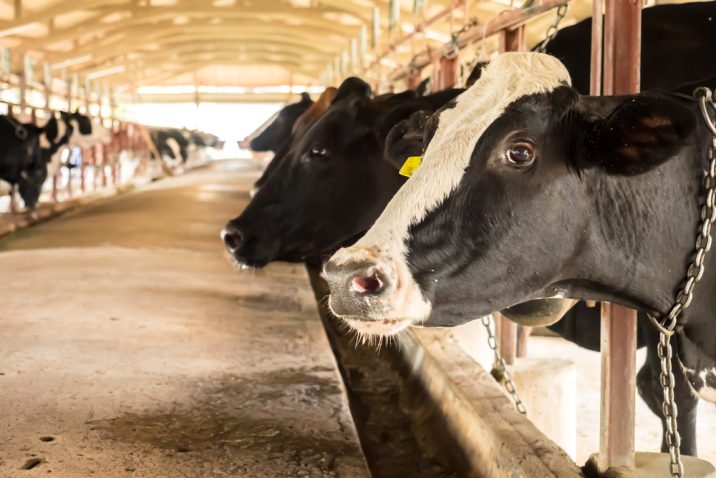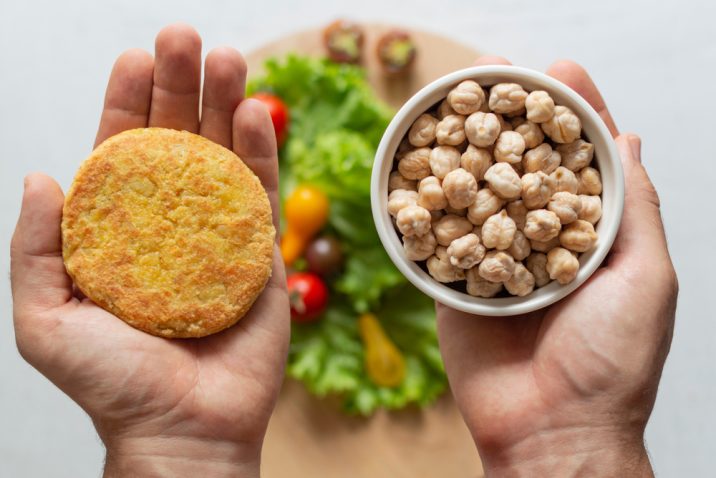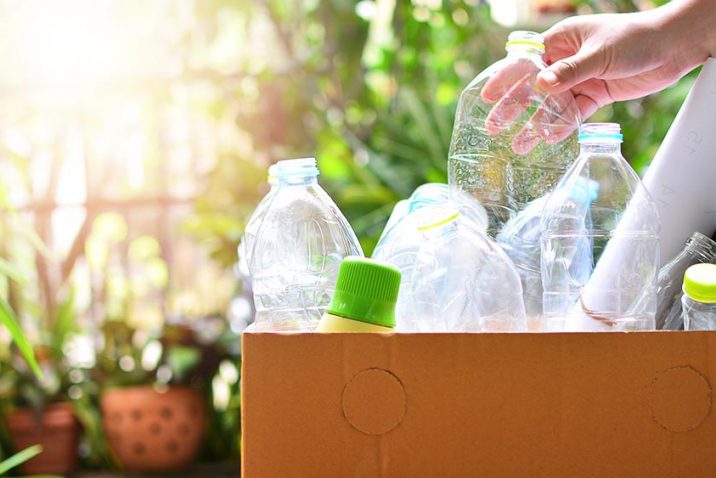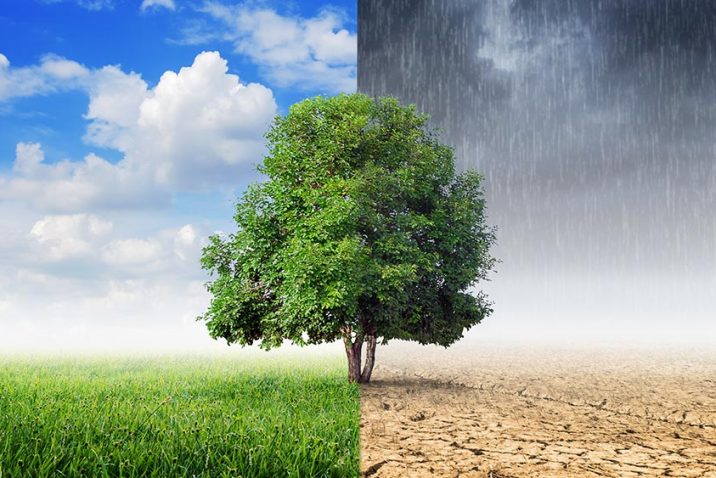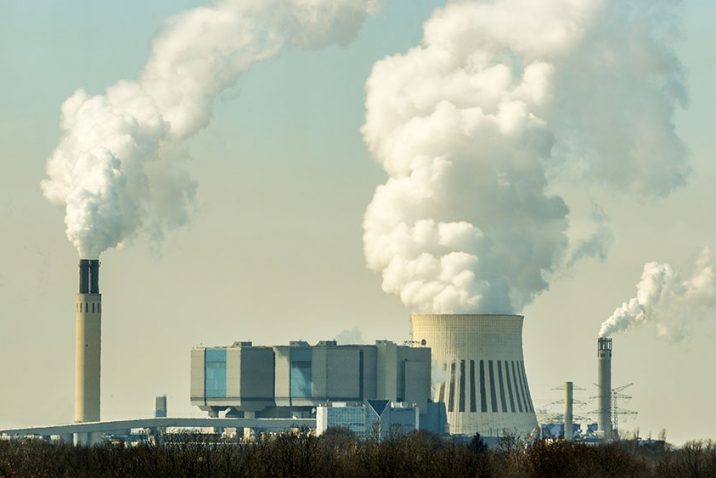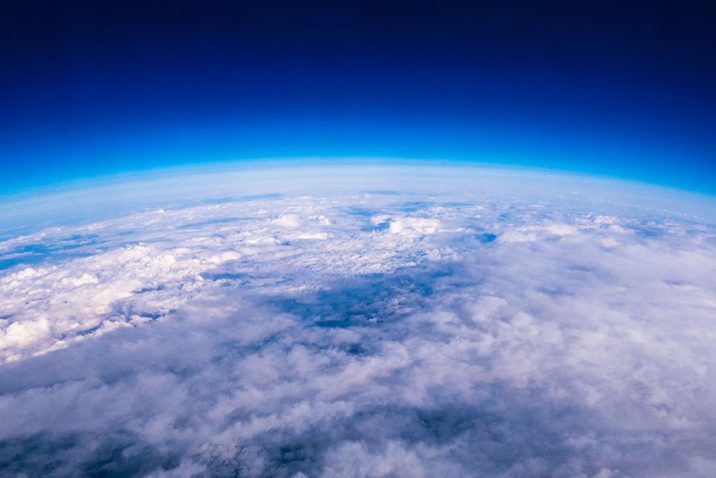Japan is one of the nations that says it will use carbon offsetting to achieve its greenhouse gas emissions reduction target. But will that approach really help the world achieve its common goal of halting climate change? What is carbon offsetting...
Dairy food production in Japan In Japan, the consumption of red meat and dairy products has gradually increased over time as the diet has become westernized. At the same time, the consumption and production of rice, which is Japan’s traditional...
Traditionally, meat-eating has never been big in Japan. Considering the greenhouse gas emissions involved in meat production, it may be time Japan returns to its low-meat diet. Here we offer some ideas for protein-rich plant foods to replace meat...
Recycling is one of the most beneficial waste management practices. It saves resources, energy and the environment while reducing landfill usage. Take plastics, for instance, the versatile yet problematic material at the center of the global waste...
The term climate change refers to a significant long-term variation in the regional or global average of weather conditions. These include temperature, humidity and rainfall patterns. It also refers to the effects of Earth’s warming, such as rising...
Making small changes in your day-to-day life can contribute to reducing greenhouse gas emissions. Given that transportation accounts for 14% of global greenhouse gas emissions, revising your transportation habits is a good place to start. Even if...
The increasing greenhouse gas concentration in the air accelerates heat retention, and this has led to climate change. As introduced in “Why are greenhouse gases bad for the atmosphere?” there are three major greenhouse gases: carbon dioxide...
The right balance of greenhouse gases in the atmosphere provides a steady climate on Earth. It offers a habitable space to all living things. While the atmosphere retains a certain amount of radiation from the sun by itself, greenhouse gases help...



